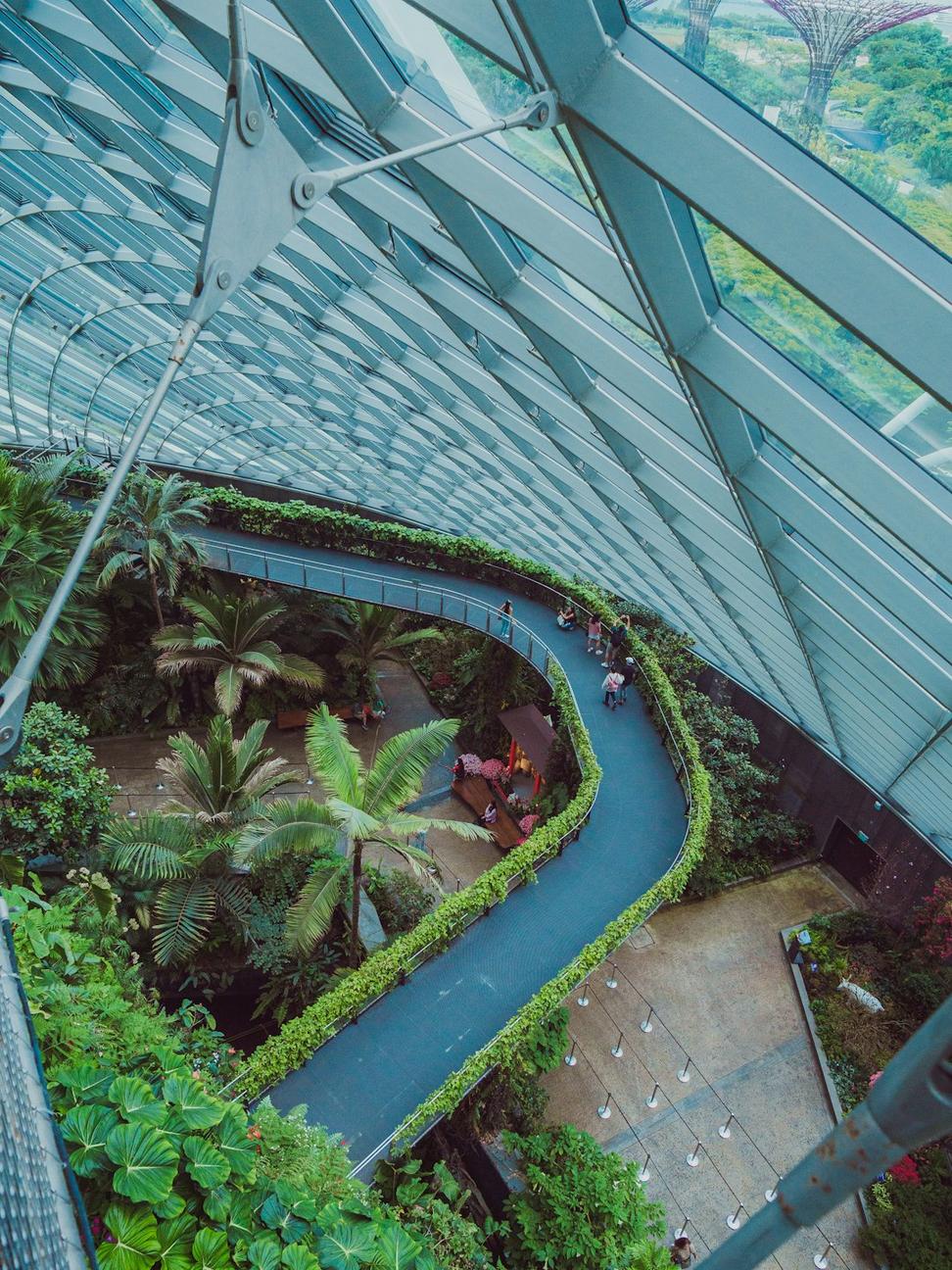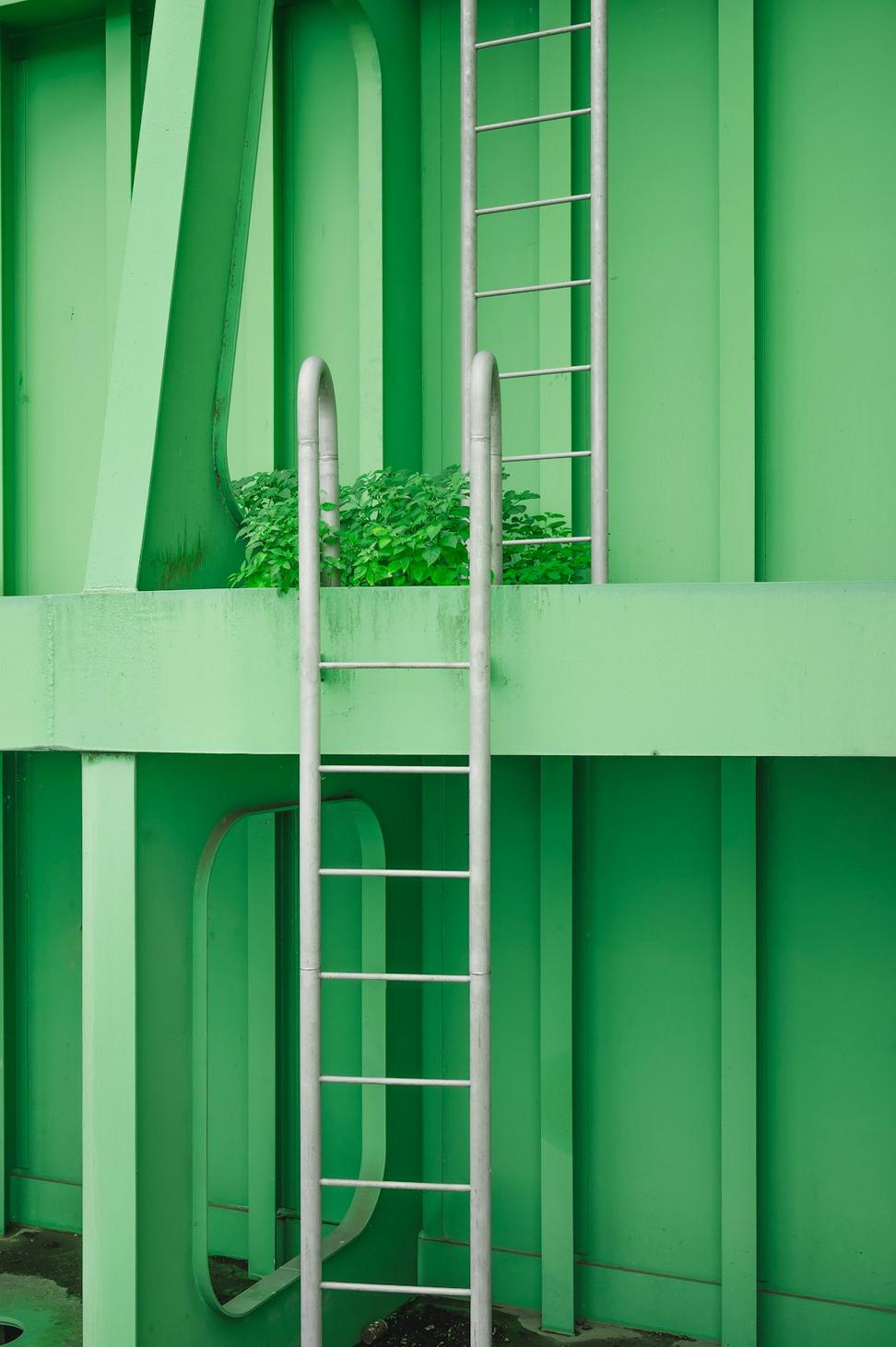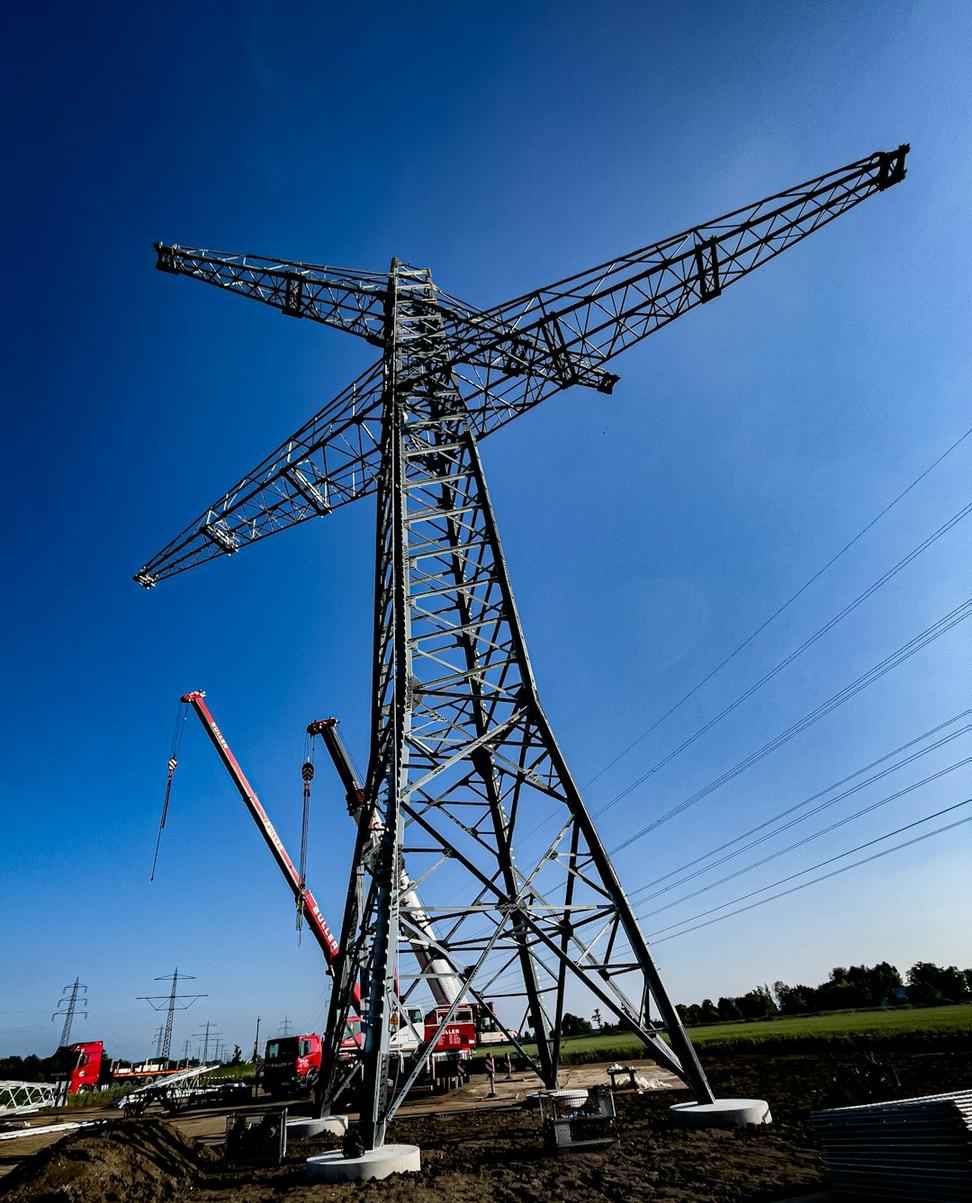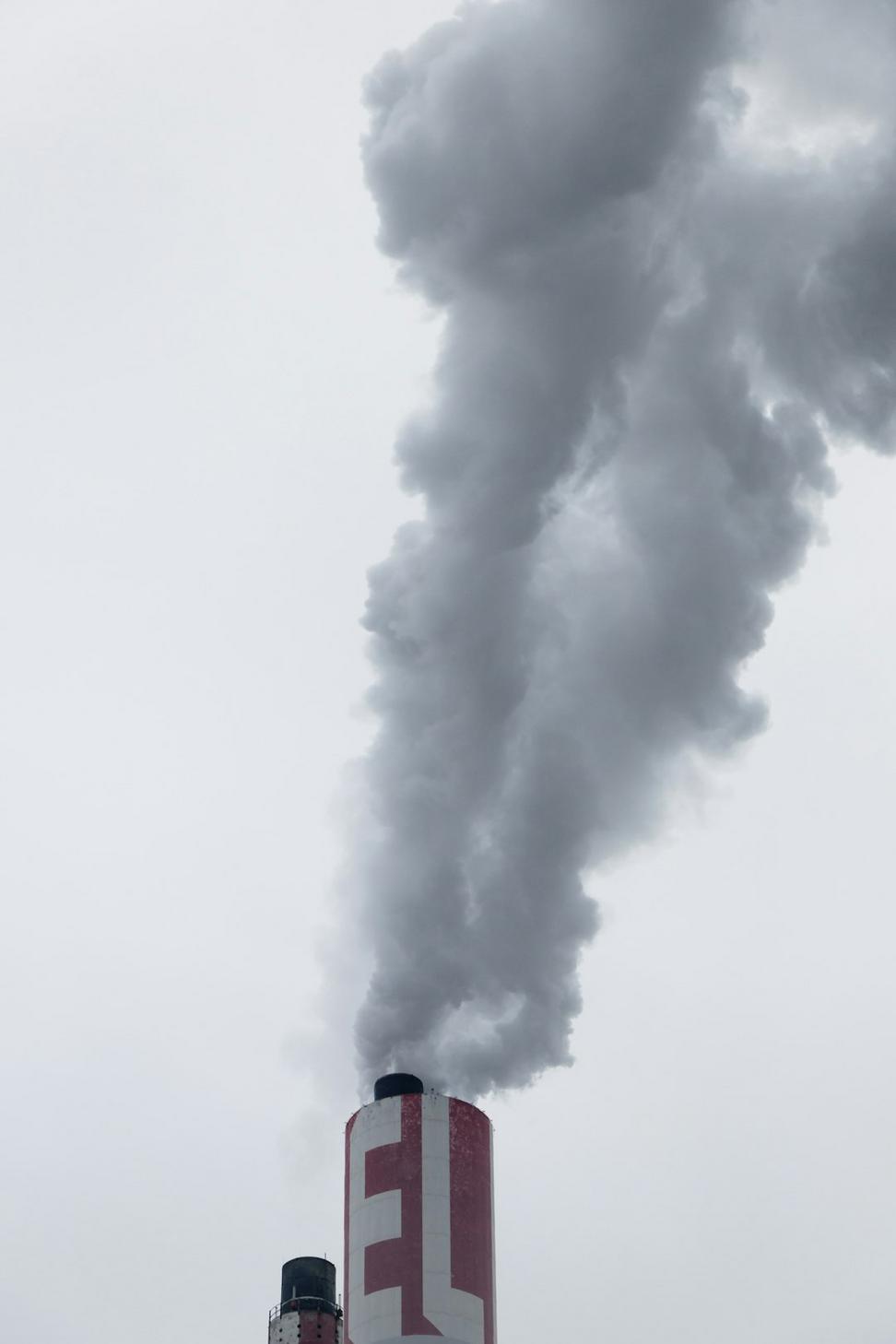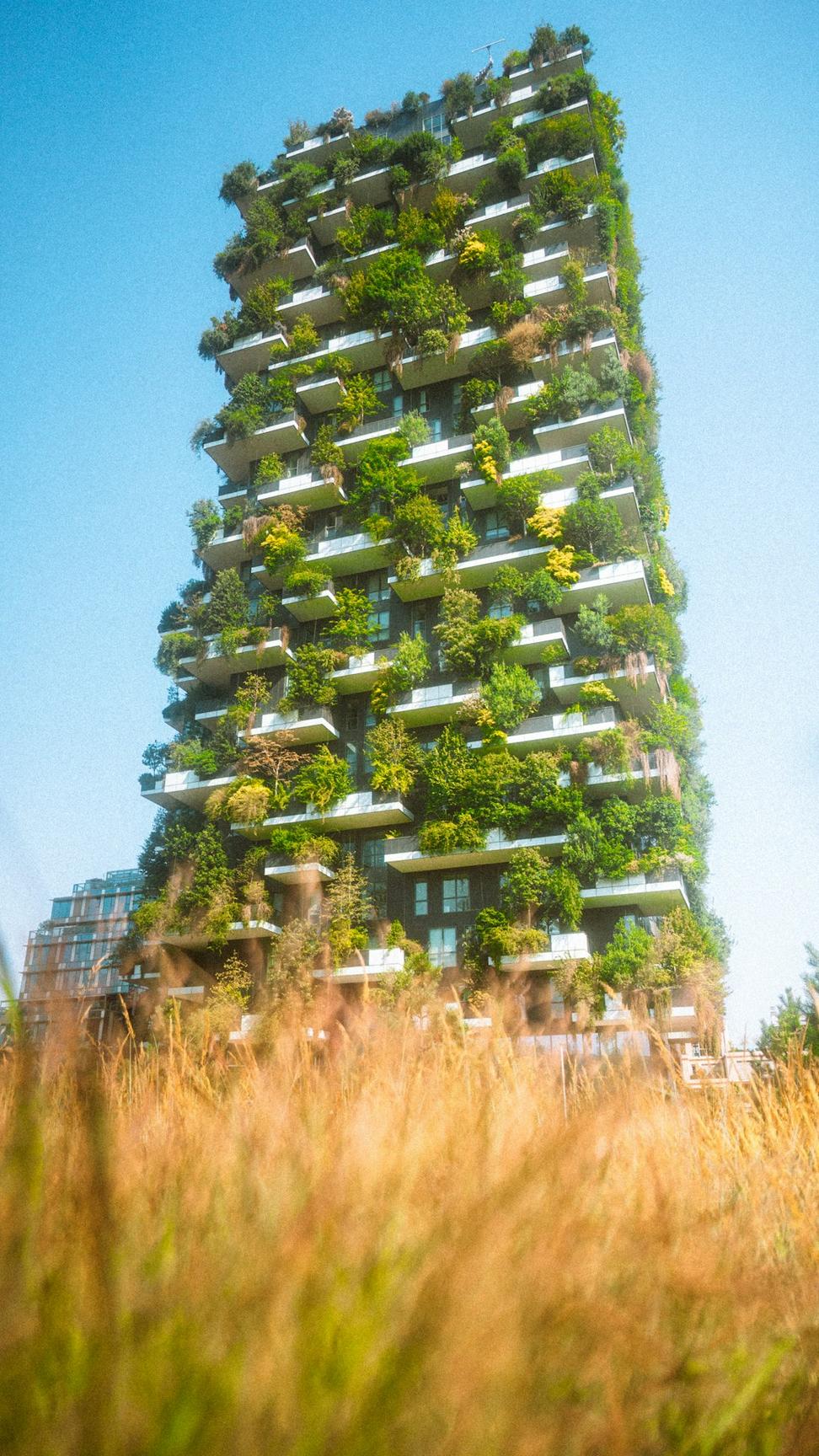Building Tomorrow's Skyline, Today
Look, we've been doing this for years and there's no point in pretending sustainability is just a checkbox anymore. Every tower we design has to answer one question: how do we make this thing work WITH the planet, not against it?
